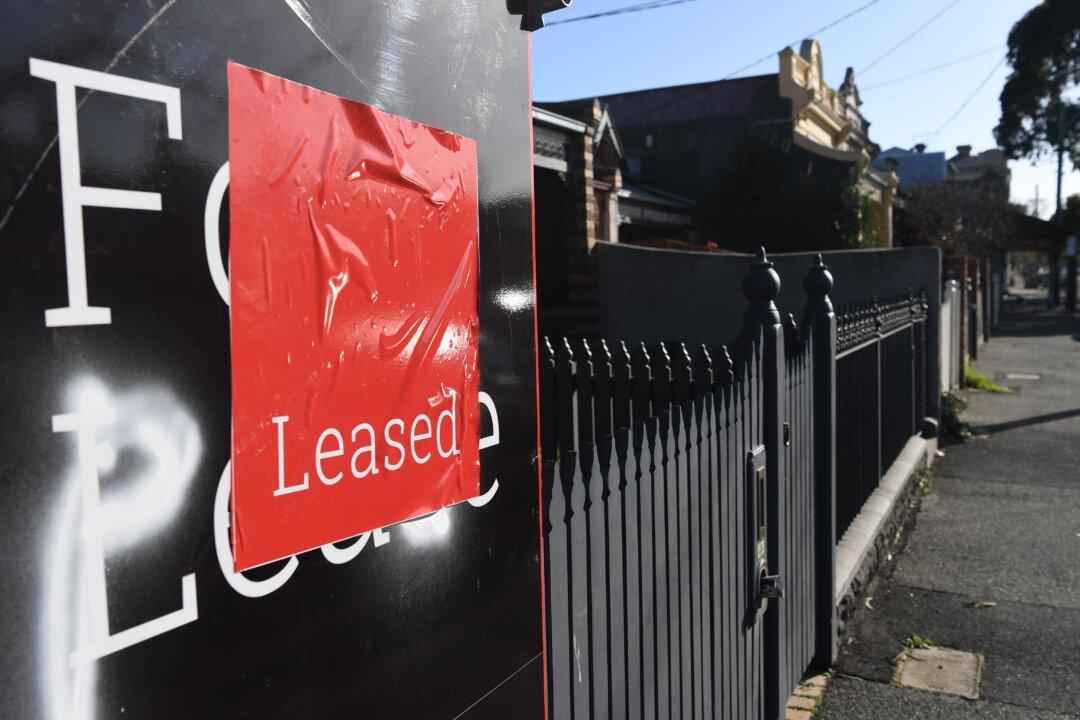The rental crisis is getting worse for Australians on low incomes and welfare recipients, a new report has shown.
Anglicare Australia, one of the largest charity networks in the country, has released a new report portraying a bleak outlook for renters in 2023.





